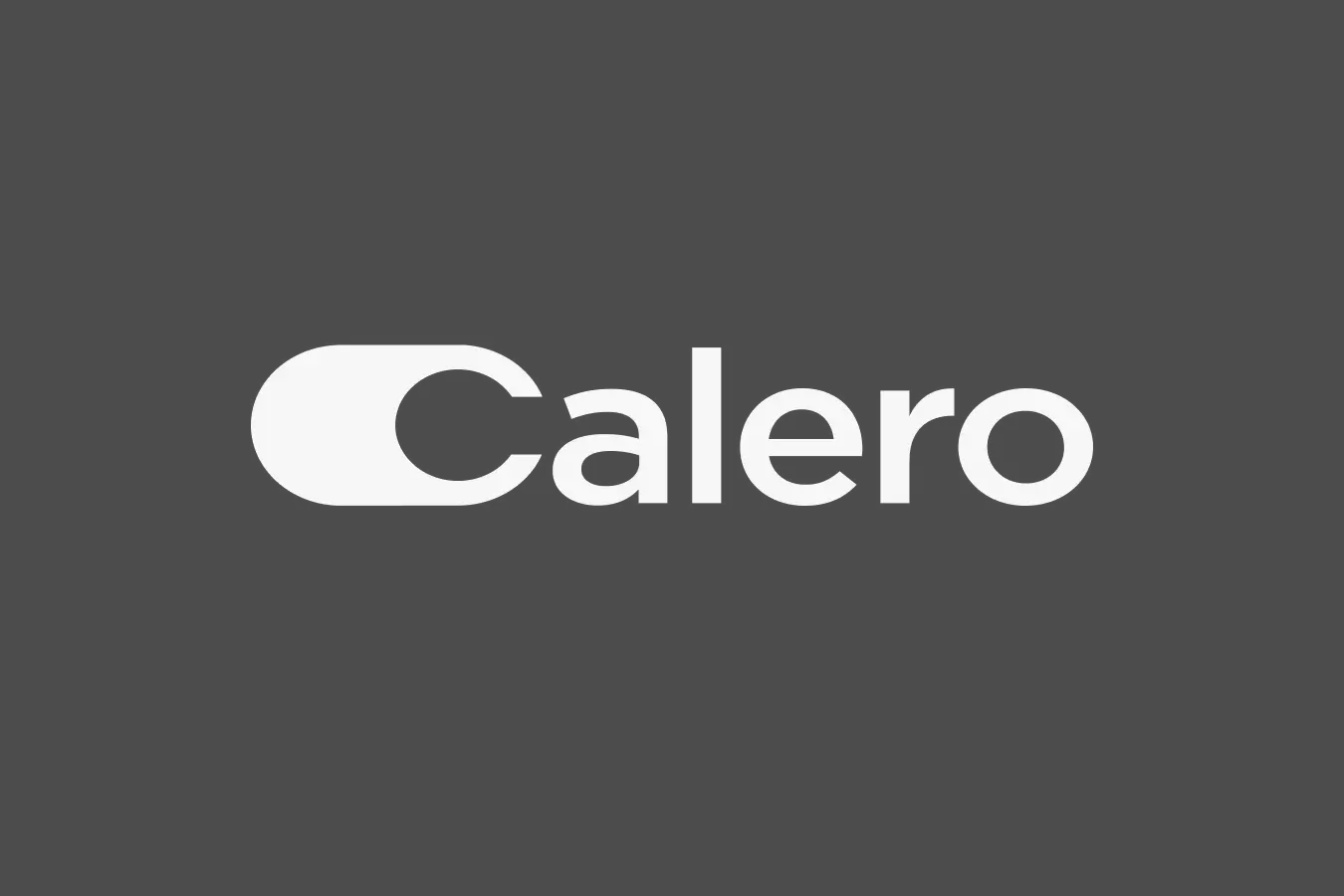By embracing automating optimization, companies can ensure that their technology infrastructure are cost-effective and aligned with organizational goals.
Automating Optimization for Technology Lifecycle Management
Inventory and application owners need to keep the technology lifecycle strong, affordable, and efficient by automating optimization. Effective management relies on optimizing workflows, using automated auditing tools, and adopting a centralized technology expense management solution. Automation helps reduce errors, cut waste, and increase productivity, allowing your team to focus on strategic projects that advance business goals.
What is Technology Lifecycle Management?
Technology lifecycle management (TLM) involves the comprehensive oversight of an organization’s technology assets from acquisition to disposal. Effective lifecycle management maximizes technology investments, minimizes risks, and enhances operational efficiency. However, managing the lifecycle of technology assets can be complex and resource-intensive. This is where automation and optimization can help you effectively and efficiently manage your technology stack.
Uncovering Workflow Optimization
Workflow optimization is the process of analyzing and improving workflows to enhance efficiency and productivity. By automating repetitive tasks and streamlining processes, organizations can reduce manual errors, save time, and improve overall performance.
- Identify Inefficiencies: Begin by mapping out your current workflows and identifying areas where delays or inefficiencies occur. This could be in the form of redundant tasks, manual data entry, or approval processes that take too long.
- Implement Automation Tools: Utilize automation tools to handle repetitive tasks such as data entry, report generation, and routine maintenance. Tools like robotic process automation (RPA) can significantly reduce the time and effort required for these tasks.
- Monitor and Adjust: Continuously monitor the performance of your optimized workflows and make adjustments as needed. Use analytics to track key performance indicators (KPIs) and identify areas for further improvement.
Mapping Automated Auditing Tools
One of the biggest challenges in managing technology is keeping IT costs under control.
Automated auditing tools can give organizations a clearer view of their technology expenses and find ways to save money. Regularly check your technology expenses to spot unnecessary costs and find areas to save. Automated telecom auditing tools can make this easier by providing real-time insights into your spending. Look at usage patterns to find underused or redundant assets.
Auditing information helps choose which assets to keep, upgrade, or discard. With data from audits, you can negotiate better deals with vendors and service providers. Automated tools also help you track contract terms and ensure compliance, reducing the risk of overspending.
Exploring Centralized Technology Management Solutions
A unified technology management solution can combine all parts of technology lifecycle management in one place. This gives you a complete view of your technology assets and expenses. A unified platform for managing all technology-related expenses, from procurement to disposal, ensures that all data is consolidated and easily accessible.
Enhanced visibility into your technology expenses makes it easier to track spending, identify trends, and make data-driven decisions. Centralized solutions often come with built-in compliance features, helping you stay current with industry regulations and internal policies. This reduces the risk of non-compliance and associated penalties.
As your organization grows, a unified technology management solution can grow with you. This ensures that your technology lifecycle management processes stay efficient and effective.
Navigating Circular Technology Lifecycle Management
Automating optimization through workflows, auditing tools, and unified technology management solutions can significantly streamline technology lifecycle management within your organization. By embracing these practices, you can ensure that your technology infrastructure is cost-effective and aligned with organizational goals.
Together, these practices lead to improved operational efficiency, better compliance with industry standards, and a more agile and responsive technology infrastructure.
Ready to take control of your technology lifecycle management?
Book a demo today and see how you can optimize your global technology management.
Calero | Technology Business Management Solutions Optimize costs, inventory, and operations for SaaS, mobility, telecom, and beyond with a single unified technology business management platform.


